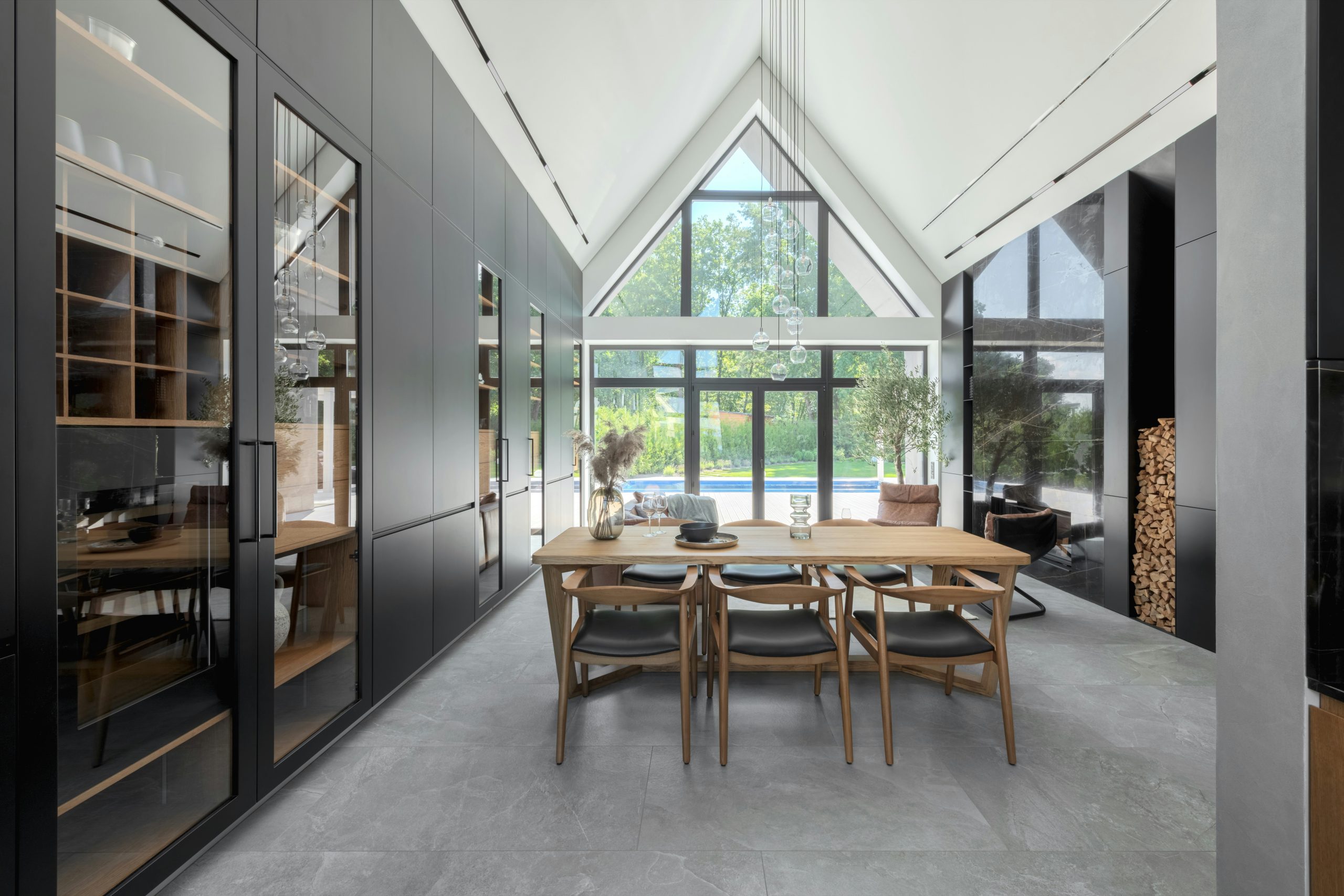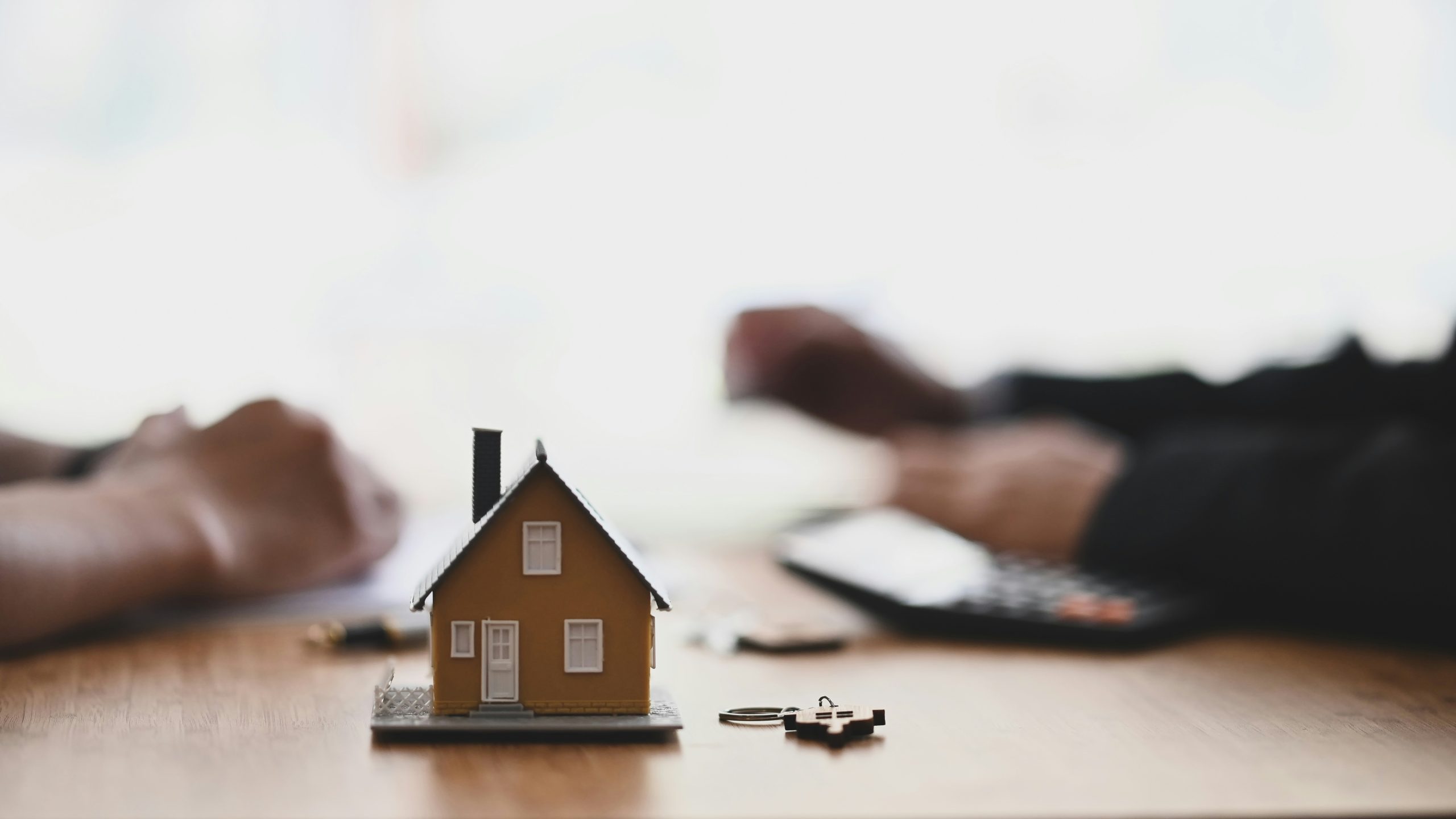Main Content

And How to Avoid Them in Today’s Market
In a shifting real estate market where buyer psychology matters more than ever, staging can make or break the first impression. But not all staging is created equal and in 2025, some staging practices are falling behind or working against sellers’ goals.
Here are the 10 most common mistakes professional stagers are making right now and what savvy agents and sellers should look out for.
1. Over-Staging with Generic Decor
Buyers are craving authenticity. Rooms that feel too sterile, too beige, or overly curated can come across as soulless. A pile of white books, a fake fiddle leaf fig, and identical pillows in every room won’t spark an emotional connection.
Tip: Incorporate local flair, subtle pops of color, or real-life texture (we love incorporating low-maintenance indoor plants) to create warmth without clutter.
2. Ignoring the Outdoor Spaces
In Southern California, outdoor living is a major selling point. Yet many stagers still focus only on interiors and leave patios, balconies, and yards empty or underutilized.
Tip: Stage at least one outdoor seating area, even if it’s a small café set or a couple of lounge chairs with throw pillows and a potted plant.
3. Filling Every Room
More furniture doesn’t mean more value. Over-staging can make a space feel cramped and reduce the perceived square footage.
Tip: Less is more. Give buyers room to breathe and walk through the home comfortably.
4. Not Updating Their Inventory
That same gray tufted couch from 2019 is still making the rounds and buyers notice. Outdated or overused furniture can drag down a home’s perceived value.
Tip: Rotate inventory often. Buyers are visually savvy, especially in cities like LA where design trends move fast.
5. Staging Without Understanding the Buyer Profile
Luxury home? First-time buyer neighborhood? Investor flip? Staging without tailoring the design to the likely buyer demographic can miss the mark entirely.
Tip: Work closely with the listing agent to understand who’s most likely to buy the home and stage to that taste.
6. Using Scale-Inappropriate Furniture
Too-small furniture in a large space makes a home feel off. Too-big pieces in a compact bungalow make the space feel tight.
Tip: Prioritize scale and proportion. Properly sized furniture showcases square footage and improves room flow.
7. Ignoring Lighting and Window Treatments
A beautiful space can still feel dim or dated if the lighting is bad or the windows are dressed in heavy, outdated curtains.
Tip: Use modern, warm lighting and keep window treatments minimal to let in as much natural light as possible.
8. Failing to Highlight Key Features
Got a fireplace, vaulted ceiling, or statement view? Many stagers overlook the opportunity to frame and enhance the home’s best architectural details.
Tip: Use furniture layout and accessories to draw the eye to the features buyers care about most.
9. Not Thinking About Photography
What looks good in person doesn’t always translate on camera. Poor staging can make online photos flat, uninviting, or cluttered.
Tip: Review the space from the lens of your photographer literally. Avoid busy patterns, shiny surfaces, and poorly placed accessories.
10. Lack of Flexibility with Modern Buyers
Today’s buyers tour homes both virtually and in person. Staging that’s inflexible, outdated, or ignores the hybrid homebuyer experience leaves money on the table.
Tip: Think multi-functional rooms, soft staging for virtual tours, and layouts that support work-from-home, hybrid lifestyles, and modern family needs.
Final Takeaway
Home staging is still one of the most powerful tools for selling a home quickly and for top dollar. But it’s only effective when done strategically. In today’s market, staging needs to evolve because buyers already have.
At the Stephanie Younger Group, we work with stagers who understand how to tailor each home to the psychology of today’s buyer. Need a referral or want help coordinating your pre-listing prep? We’re here to guide every step of the process.

















